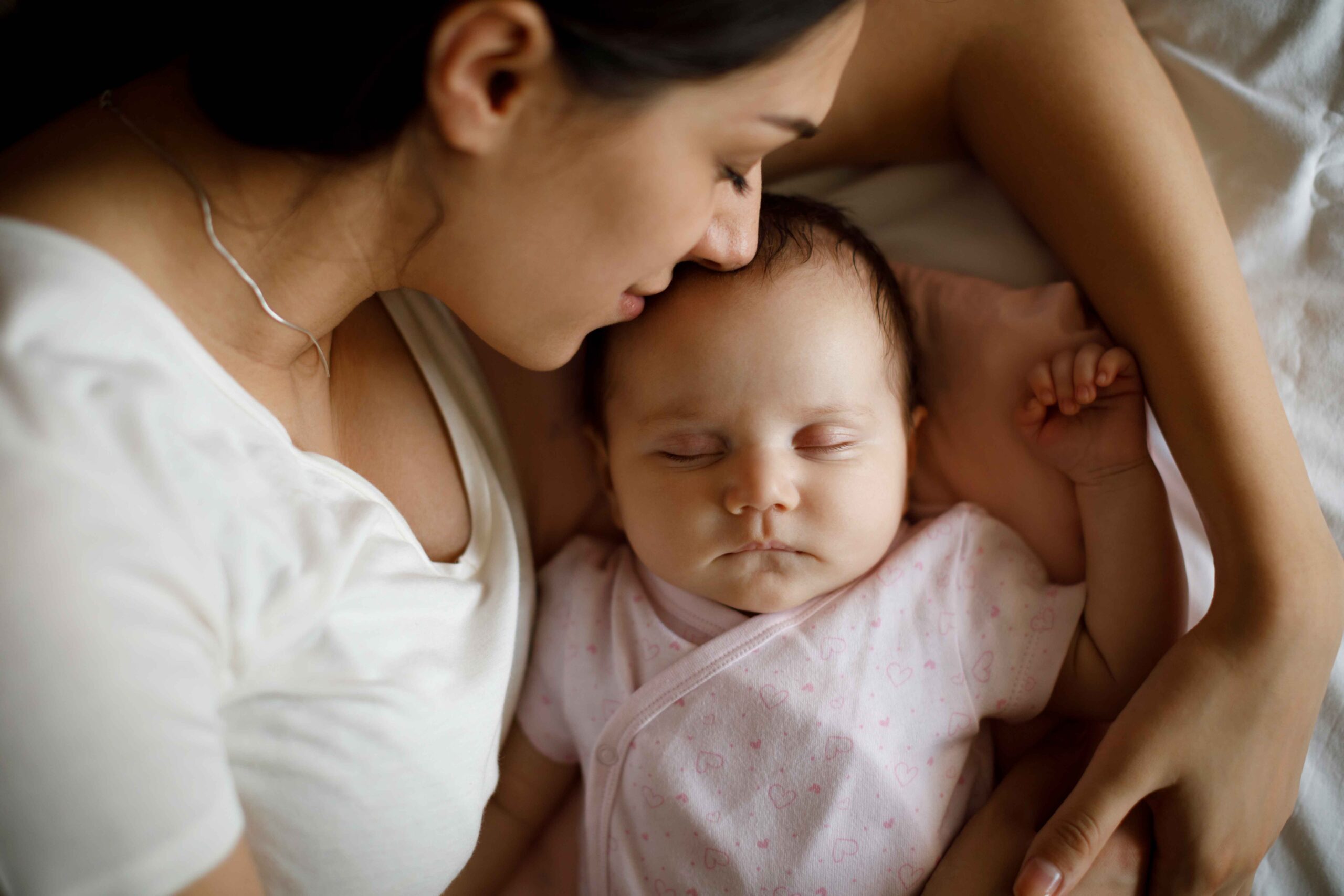Baby Sleep 101: The basics of baby sleep

Baby Sleep 101: The basics of baby sleep It is only after we become parents that we realize what a
What are sleep regressions and nap transitions?

What are sleep regressions and nap transitions? A sleep regression is a temporary disturbance in a baby’s sleep pattern. As
